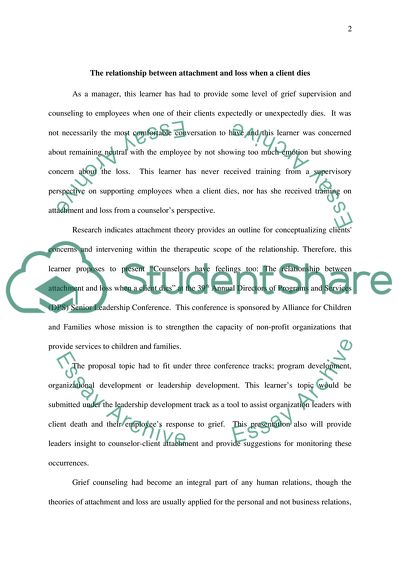Cite this document
(“Counselors have feelings too: The relationship between attachment and Essay”, n.d.)
Counselors have feelings too: The relationship between attachment and Essay. Retrieved from https://studentshare.org/miscellaneous/1537616-counselors-have-feelings-too-the-relationship-between-attachment-and-loss-when-a-client-dies
Counselors have feelings too: The relationship between attachment and Essay. Retrieved from https://studentshare.org/miscellaneous/1537616-counselors-have-feelings-too-the-relationship-between-attachment-and-loss-when-a-client-dies
(Counselors Have Feelings Too: The Relationship Between Attachment and Essay)
Counselors Have Feelings Too: The Relationship Between Attachment and Essay. https://studentshare.org/miscellaneous/1537616-counselors-have-feelings-too-the-relationship-between-attachment-and-loss-when-a-client-dies.
Counselors Have Feelings Too: The Relationship Between Attachment and Essay. https://studentshare.org/miscellaneous/1537616-counselors-have-feelings-too-the-relationship-between-attachment-and-loss-when-a-client-dies.
“Counselors Have Feelings Too: The Relationship Between Attachment and Essay”, n.d. https://studentshare.org/miscellaneous/1537616-counselors-have-feelings-too-the-relationship-between-attachment-and-loss-when-a-client-dies.


